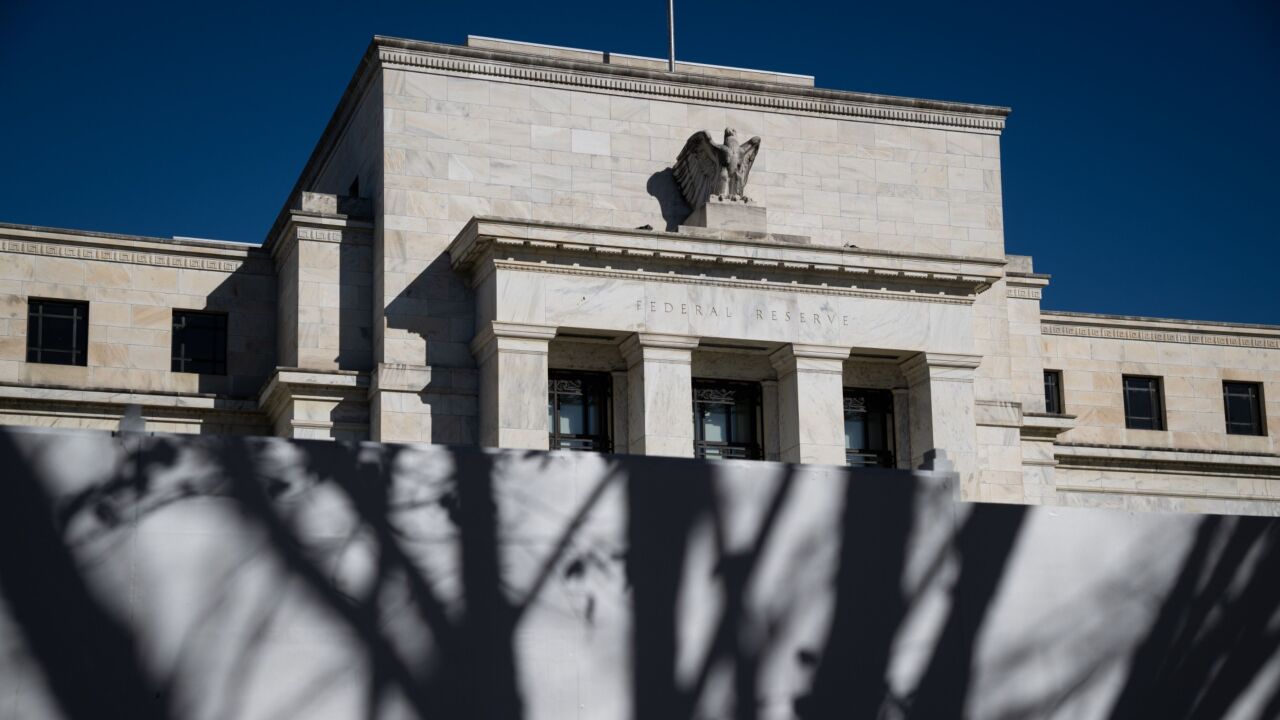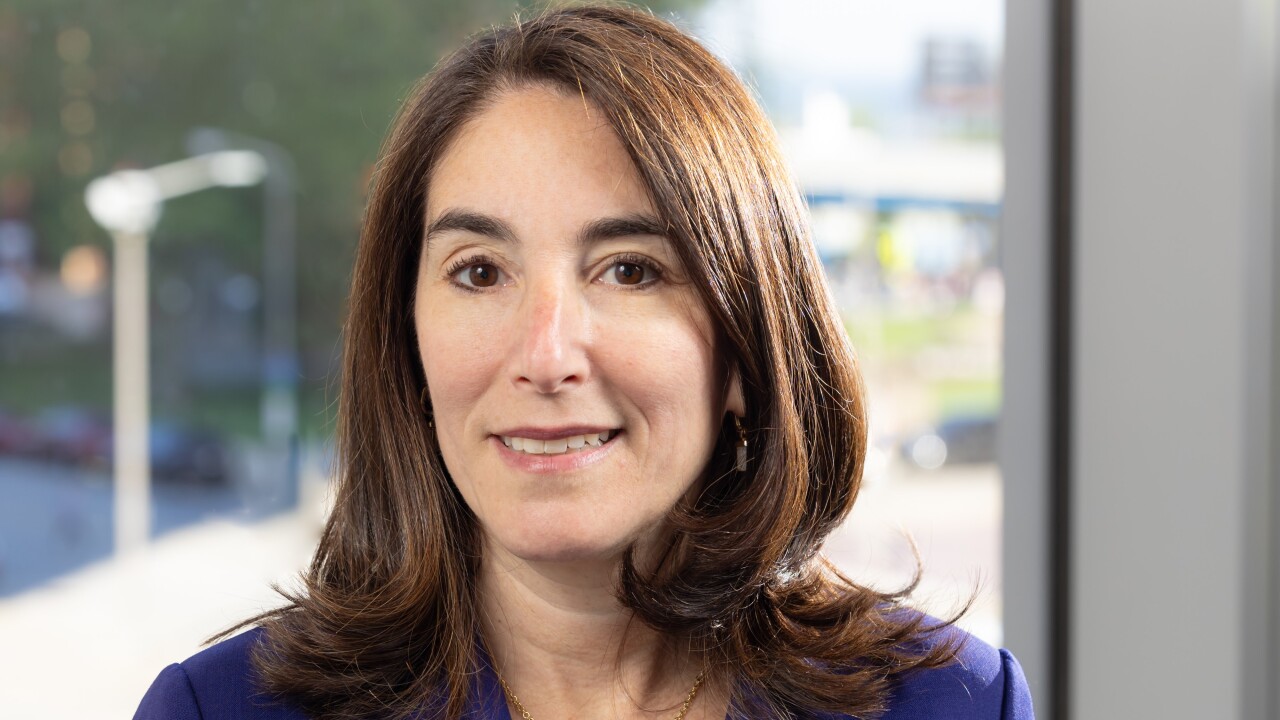
For the past three decades, a little-known fund housed in the U.S. Department of the Treasury has been quietly fueling economic growth in communities across the country. With an astonishing return on investment, the
Because of their local impact, CDFIs enjoy
In an
It is clear that bipartisan members of Congress are concerned about the executive order's impact on CDFIs and communities. In a March 20 letter, Sens. Mike Crapo, R-Idaho, Mark Warner, D-Va., and 21 of their Senate colleagues emphasized the importance of CDFIs in meeting the needs of communities with low incomes that are not well served by mainstream financial institutions. I encourage bipartisan members of Congress to continue to work with the Trump administration to ensure that the recent executive order does not reduce the CDFI Fund's ability to advance financial prosperity for all.
The CDFI Fund has a catalyzing impact among the more than 1,400 CDFIs that exist today in the United States. It is also incredibly cost-effective: Every $1 in federal investment attracts $8 to $10 of additional private sector capital. Local and regional CDFIs exemplify the best of public-private partnerships, with financing partners such as federal, state and local governments; banks and corporations; and nonprofits and philanthropies like the Robert Wood Johnson Foundation, or RWJF, where I serve as director of impact investments. They are among the most effective and efficient financial institutions in the country, breaking down barriers to capital that have left many communities behind.
In fiscal year 2022 alone, CDFIs provided more than $30 billion in financing, spurring economic activity in often-overlooked rural communities, tribal communities and small and midsize cities. They have financed housing developments that provide stable homes for working families, seniors and veterans. And they have catalyzed thousands of jobs, both directly and indirectly, by ensuring that local businesses have the capital needed to hire and retain workers.
President Donald Trump's executive order severely limiting the Treasury's Community Development Financial Institution Fund has thrown the industry into confusion as financial companies try to quantify the damage.
For my organization, CDFIs are an essential partner in delivering capital and technical assistance that empowers communities and brings us closer to a future where the opportunity for health and prosperity is no longer a privilege for some, but a right for all.
The CDFI Fund has been critical for CDFIs like Fahe, an organization providing mortgage financing in rural and persistently poor counties in Appalachia. (Fahe has also been an RWJF grantee since 2018.) For every $1 Fahe receives in public funding, it
The Mountain Plains Regional Native CDFI Coalition, composed of nine Native CDFIs and the Mountain Plains Community Development Corporation, provides financing to local businesses and community development projects, expanding job opportunities and seeding thriving Native economies. Indigenous communities have historically lacked access to capital and credit for both residents and businesses, limiting economic growth and financial well-being.
The Renters Wealth Creation Fund — launched by the CDFI Enterprise Community Partners — is a first-of-its-kind initiative to build savings and wealth for renters living in multifamily housing. Projects in New Jersey and Colorado are already seeing residents benefit from savings that help them afford essentials important to their families.
The CDFI Fund is a great example of how a relatively small amount of federal investment — about $300 million to support all CDFI Fund programs and staff in 2024 — can unlock amounts of private capital many times greater than the public sector investment. Undermining this fund would be a grave mistake.






